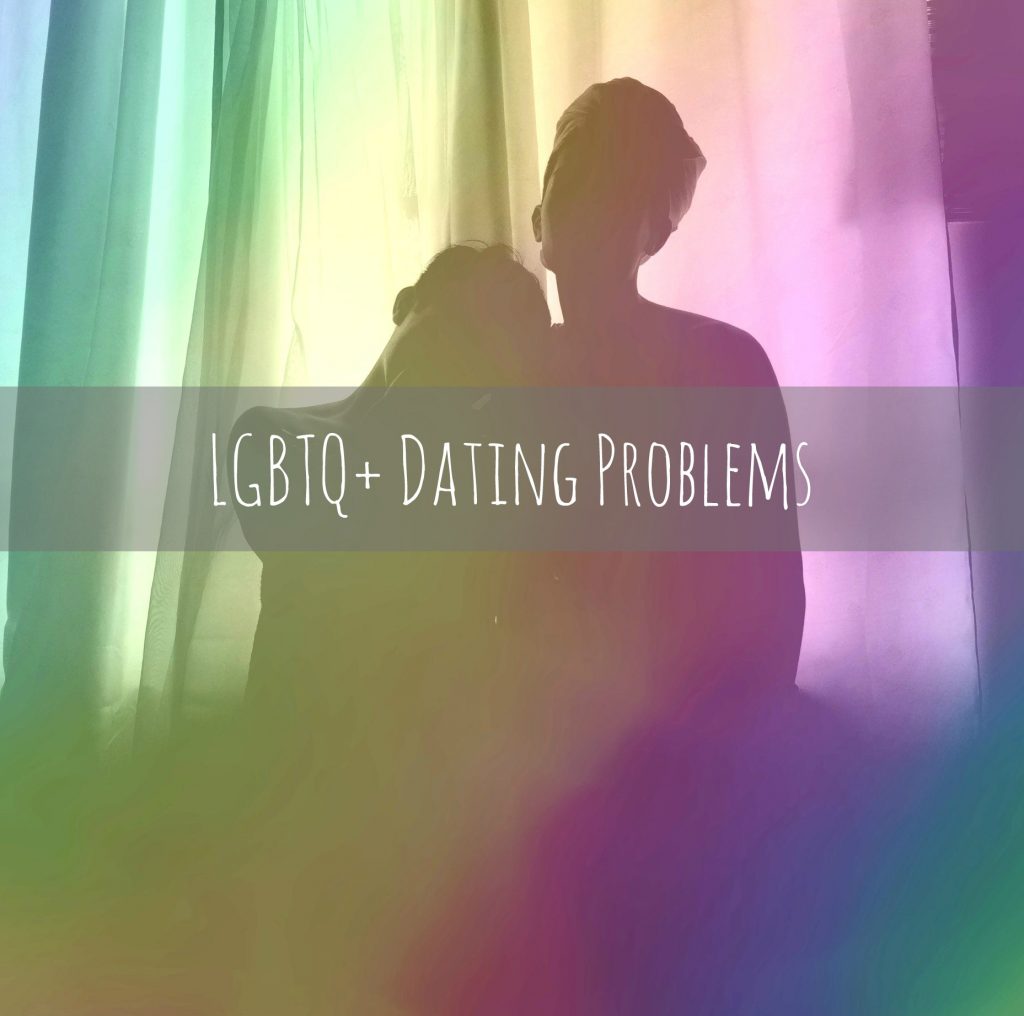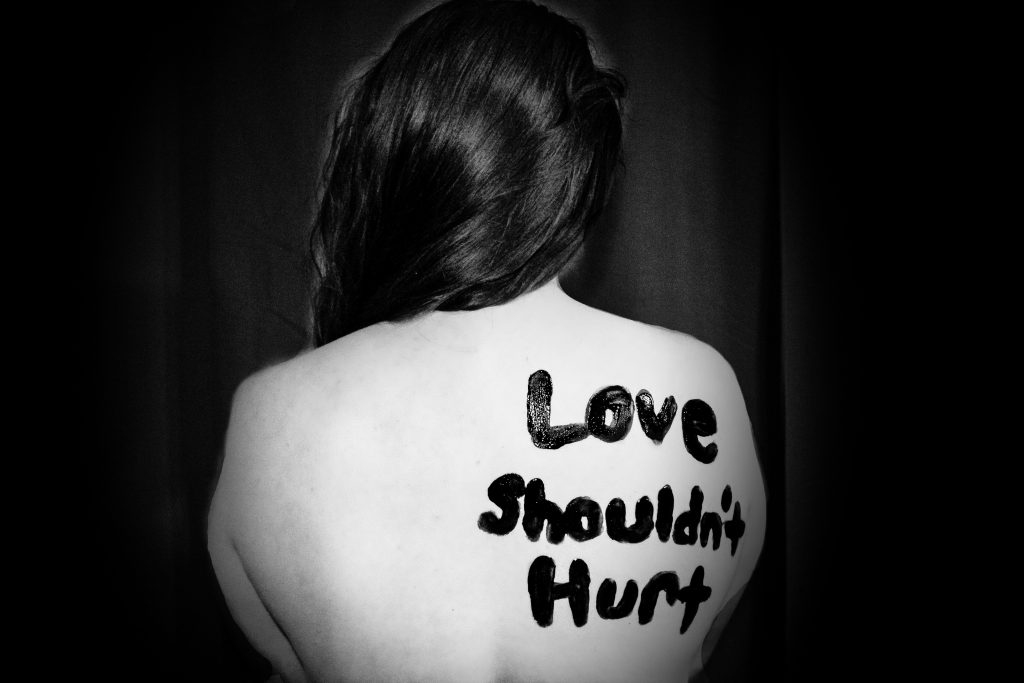Can Sexual Orientation and Gender Identity Lead to Depression?


Gender Identity and sexual orientation is an important aspect of who we are. But now-a-days there has been many atrocities and misjudgments towards others who identify or are orientated differently to what is considered the norm in society. Although different sexual orientations have been described throughout all of history it is a relatively new concept in which most of the general public do not understand. Even though acceptance towards diverse sexual orientations and gender identifications are growing; oppression, discrimination, and marginalization of these people still exists. Social expectations can lead to higher levels of depression, anxiety, substance use, and other mental health problems for LGBTQ (Lesbian, Gay, Bisexual, Trans, Questioning) community. It is unfair to mistreat anyone for their sexual orientation or gender identity, especially if it because of not understanding these, so here is lists of important concepts you should know:
Definitions:
- Sexual orientation is the sex of those to whom one is sexually, romantically and or emotionally attracted to.
- Sex is a person’s biological status and is typically categorized as male, female, or intersex.
- Gender is the attitudes, feelings, and behaviors that a given culture associates with a person’s biological sex.
- Gender identity is the sense of oneself as male, female, or transgender.
- Gender expression is the way in which a person acts to communicate gender within a given culture; for example, in terms of clothing, communication patterns and interests.
These are three basic types of sexual orientations:
- Monosexual Sexual Orientations refers to the attraction to members of only one gender.
- Gay (homosexual) is a man who is attracted to men.
- Lesbian (homosexual) is a woman who is attracted to women.
- Straight (heterosexual) is a man or woman who is attracted to the opposite sex.
- Polysexual Sexual Orientations refers to the attraction to members of multiple genders.
- Bisexual are people attracted to both men and women.
- Pansexual Someone who is sexually attracted to all genders and gender identities.
- Queer is an attraction to people of many genders. (Some people find this word highly offensive so be careful on its use)
- Asexual Sexual Orientation refers to people who do not experience sexual attraction.
- Asexual are people who are not sexually attracted to anyone and/or have no desire to.

Sexual Orientations List:
- Androgynosexual is a sexual attraction to both men and women, specifically to those with androgynous appearances.
- Androgyny is the combination of masculine and feminine characteristics.
- Androsexual is a sexual attraction towards men or those with masculine characteristics.
- Autosexual is a person who prefers masturbation over having sex with others.
- Demisexual is someone who does not feel sexual attraction until they have a strong emotional bond.
- Gray-A a person who does not normally experience sexual attraction, but can sometimes:
- Have sexual attraction and drive but have no desire to act upon it.
- Have sexual attraction but a low sex drive.
- Those who have sexual attraction and drive but only under limited and specific circumstances.
- Gynosexual is an attraction towards women or those with feminine characteristics.
- Heteroflexible are those who are heterosexual, but are open to relationships with the same sex.
- Homoflexible are those who are homosexual, but are open to relationships with the opposite sex.

Gender Identity List:
- Agender (non-gender) is a person who does not identify with any gender.
- Androgyne is a person who rejects gender roles entirely.
- Bigender a person who identifies as both genders or to have a tendency to move between masculine and feminine gender-typed behavior.
- Crossdresser is a person who wears clothes, makeup, etc. that are considered by the culture to be appropriate for another gender but not one’s own.
- Demigirl is someone who is female, but doesn’t completely identify as such. There is not enough dissociation to create real physical discomfort or dysphoria.
- Demiguy is someone who is male, but doesn’t completely identify as such. There is not enough dissociation to create real physical discomfort or dysphoria.
- Epicene it refers to individuals who have characteristics of both genders or someone who cannot be classified as one sex or the other.
- Gender fluid refers to a gender identity that changes with time and/or situation.
- Genderflux is similar to gender fluid, but involves a shift more intense.
- Girlfag is woman who is very attracted to gay/bi men.
- Guydyke is a man who is very attracted to lesbian/bi women.
- Intergender is a person whose has a combination of various gender identities.
- Trigender are people who do not identify as male nor female or androgynous so they construct their own gender.
- Transmasculine are those who were assigned female at birth, but feel dissociated from female gender identification, and are, if not wholly male-identified.
- Transfeminine are those who were assigned the male gender at birth, but who feel dissociated from male gender identification.

The lists above covers only some of the sexual orientations and gender identifications that exists. Since these are complex society does not completely understand these, decriminalizing and oppressing those who are not in the “normal” category. Due to this many in the LGBTQ community suffer greatly with mental illnesses. According to a study conducted by Dr. Apu Chakraborty and his team of University College London found that the rates of depression, anxiety, obsessive compulsive disorder, phobia, self-harm, suicidal thoughts, and alcohol and drug dependence were significantly higher in homosexuals.
These were the results:
“Four percent had a depressive episode in the last week, compared to two percent of heterosexual people. The rate of alcohol dependence was ten percent versus five percent, and for self-harming it was nine percent versus five percent.
The proportion of homosexual people who described themselves as being fairly or very happy was 30 percent, versus 40 percent for heterosexual people.”
Not until society treats equally the members of LGBTQ community, there will continually be a higher rate of mental illnesses. It is unjust to treat the members differently only because they differ from the norm. Through respect, compassion and support we can make a better world for everyone. What are your thoughts on this subject? Do you consider the members of the LGBTQ community to have a disorder or it is acceptable? Leave your comments on the bottom of the page.
References
American Psychology Association. (2011). Definition of Terms: Sex, Gender, Gender Identity, Sexual Orientation. http://www.apa.org/pi/lgbt/resources/sexuality-definitions.pdf
Genderqueer Identities. (2015). Genderqueer Identities and Terminology. http://genderqueerid.com/gq-terms
Good Therapy. (2015). LGBT / Gender and Sexual Identity Issues. http://www.goodtherapy.org/therapy-for-lgbt-issues.html
Jane Collingwood. (2013). Higher Risk of Mental Health Problems for Homosexuals. http://psychcentral.com/lib/higher-risk-of-mental-health-problems-for-homosexuals/
Trans, Genderqueer, and Queer Terms Glossary https://lgbt.wisc.edu/documents/Trans_and_queer_glossary.pdf
Unitarian Universalist Association (2015). Sexual orientation & gender identity 101. http://www.uua.org/lgbtq/identity





Responses